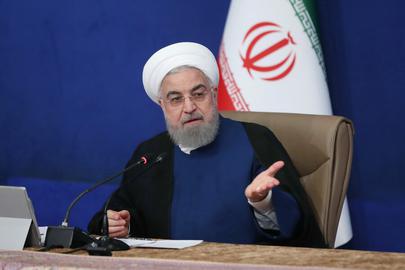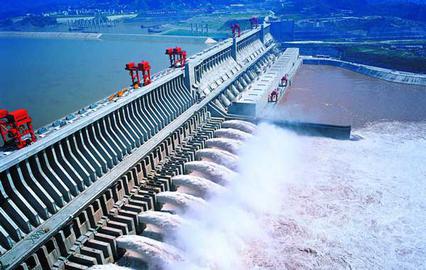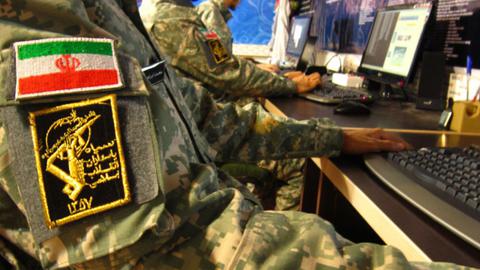Imagine an old, dilapidated car parked out in the middle of nowhere, smoke and fumes coming out of its exhaust. There’s no gas in the tank, its tires are blown, the battery is dead, and its headlights are smashed. This car is a perfect image for Iran’s economy, and the country’s crisis-stricken electricity industry.
Why did the Rouhani administration fail Iran’s electricity sector so miserably? A recent report by the prolific Parliamentary Research Center attempts to answer this question.
The report confirms that the electricity industry has been stagnant for the last four years, but states that the reasons for the paralysis have not been adequately addressed, or even properly discussed.
Power outages continue in several areas of the country, and with it, Iranians’ tolerance and patience have diminished. In recent weeks, water crises and ensuing unrest in Khuzestan and elsewhere have dominated the headlines, but make no mistake: the electricity crisis is far from over, and is quickly turning into a catastrophe that will leave no part of Iran untouched in the months and years to come.
Currently, electricity is being generated at a dangerously low level, and consumption has surpassed production. The parliamentary group’s research identifies a significant gap between what the development plan set out for the nominal capacity of power plants and what has actually been generated. Fifteen percent of the determined necessary amount is being produced.
According to Iranian regulations for the industry, the nominal capacity of power plants should have reached more than 100,000 MW in 2020-2021. And yet, Iranian power plants produced no more than 85,000 MW in that period.
Similarly, electricity production was about 12 percent lower than development plan forecasts. The volume of gross electricity production in 2020-2021 should have reached 388,000 GWh, but it did not exceed 343.000 GWh.
To provide context, in 2020 to 2021, Iran’s electricity production levels reached the predicted levels required for 2018-2019. During this period, Iran’s population grew by at least two million, and electricity consumption was at least eight percent higher. Simply put, Iran's electricity industry is two years behind.
The Parliamentary Research Center also analyzes other aspects of parliament's Sixth Development Plan, and accuses the government of being backward n pursuing its goals. It points out that, according to the plan, the capacity of renewable energy should reach about 5,000 MW by the end of 2021 — about five percent of the total electricity generation capacity of the country. But in practice, the total renewable energy capacity didn’t even reach one percent of Iran's total electricity generation, coming below 769 MW.
So why has it not happened?
One key point in the report is the decrease in government investment in the industry from 2000 to 2010. After the government shifted power plants from the public to the private sector, the sector was expected to bear the burden of investment. But according to statistics set out in the report, the private sector represents a 55 percent share of Iran’s electricity production. In examining why the sector has been reluctant to invest, the research center points to legal regulations applied to the industry, as well as tense relations between the government and the private sector. But the chief reason for this failure of investment, it says, is straight economics — or, to be more precise, the economic crisis. Until this is resolved, or at least addressed, Iran’s electricity industry will not emerge from the abyss in which it is currently trapped.
The report also includes recommendations, chief among them the prioritization of increased production capacity, and states that such a move would help compensate for the backwardness that plagues the industry. As part of this, the recommendations highlight the importance of introducing gas-fired power plants and updating production processes, though the authors stop short of saying where the resources for this would come from, especially considering the economic crisis and if sanctions continue. So does the government have the money to do this? Will the private sector be willing to take risks in such an unstable situation?
The report also outlines the importance of developing clean energy, the potential of solar energy producing 100,000 megawatts of electricity, of which 50,000 megawatts will be attractive to investors, and the potential of wind energy achieving 60,000 megawatts, of which 20,000 megawatts would be attractive for investment.
These figures are substantial, and can be compared to Iranian power plants’ nominal capacity of 85,000 MW in 2020-2021. So why not use this capacity? It would make sense to invest $45 billion in clean energy, adding 70,000 MW to Iran's electricity production capacity. But such a scenario is unlikely. An amount of $45 billion for clean energy investment may not be a particularly high amount in global clean energy investments, but it is almost impossible in a country like Iran.
As sanctions continue, what foreign investor will be willing to engage with Iran? Even assuming sanctions are lifted, what company or individual would be willing to take the risk, given that any fresh nuclear deal might collapse? Why should anyone invest money into the only country in the world apart from North Korea that remains on the Financial Action Taskforce blacklist for money laundering and the financing of terrorism? Why would they want to invest in a country run by leaders who refuse to establish normal relations within the global community, and who choose to use hostility and threats as part of their “diplomatic” strategy?
It’s more than obvious that the image of the junked-out car is an appropriate one for Iran’s economy and its failing electricity industry. And there’s no sign that that car will be back on the road anytime soon.
Related Coverage:
Dispatch from Tehran: Blackouts Leading to Bankruptcy
Iran Blacklisted by Financial Action Task Force: What's Next?
visit the accountability section
In this section of Iran Wire, you can contact the officials and launch your campaign for various problems


























comments